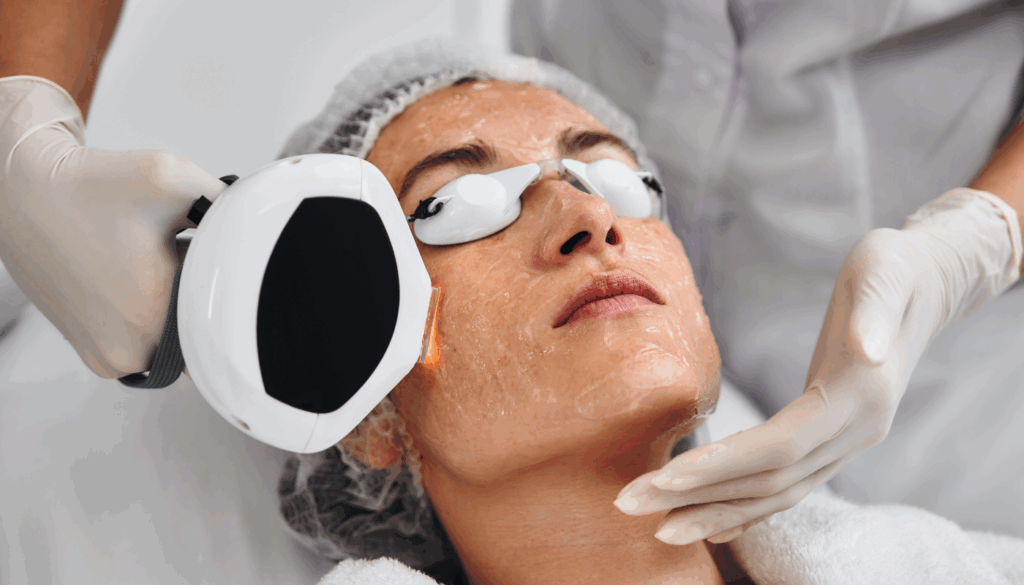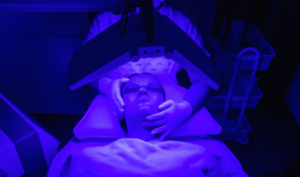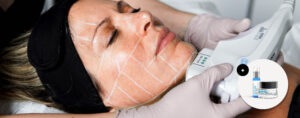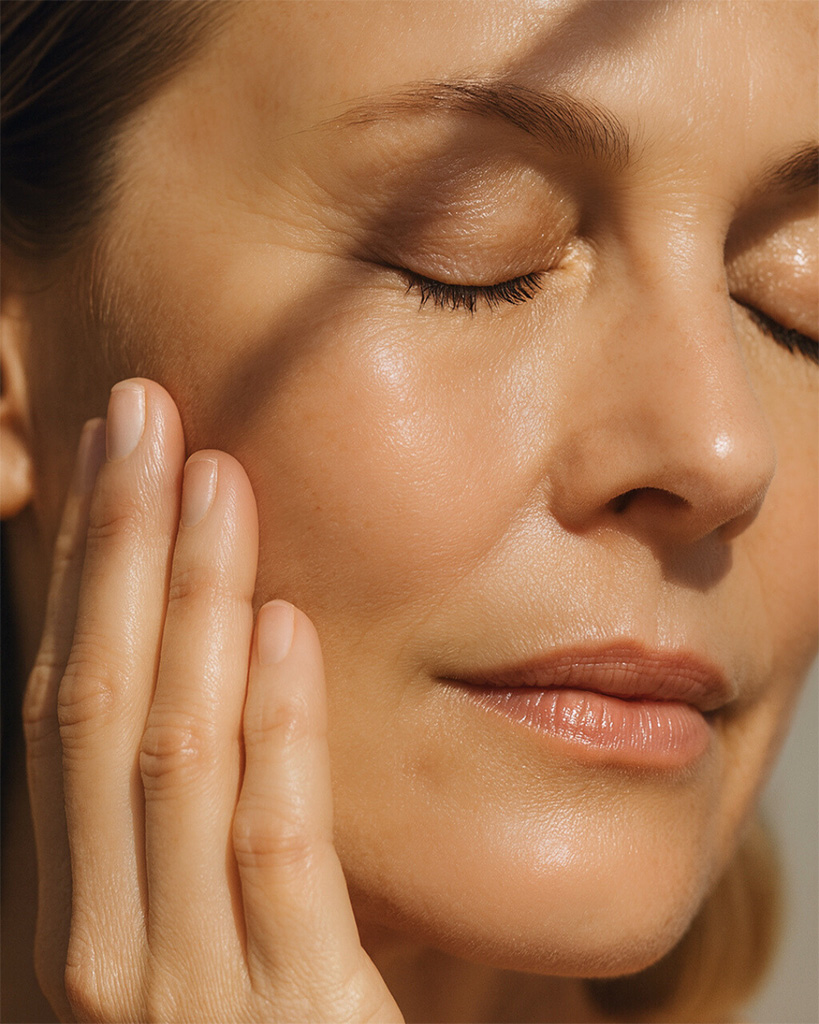Rosacea is more than just redness, it’s a chronic skin condition that can deeply impact your comfort, confidence, and daily life. Whether you’re struggling with persistent flushing, visible blood vessels, or skin that reacts to everything, finding effective relief isn’t always straightforward.
Topical creams and medications can help manage flare-ups, but they often fall short when it comes to stubborn redness and visible capillaries. That’s why, in clinical practice, your skin expert may recommend a combination of energy-based treatments, such as Intense Pulsed Light (IPL) and vascular lasers, to directly target the vascular components of rosacea and achieve longer-lasting results.
These technologies don’t replace medical management; they enhance it—especially when background redness and broken vessels persist despite a consistent routine. With professional guidance, treatments like IPL become part of a customized strategy to calm your skin, reduce reactivity, and restore a more even, confident complexion.
Why IPL Is Clinically Recommended for Rosacea
A Precise Solution for Persistent Redness
Rosacea redness isn’t just a surface issue; it’s fueled by dilated blood vessels just under the skin. IPL works by delivering pulses of broad-spectrum light that are absorbed by hemoglobin in those vessels, gently heating them until they collapse and fade. This process, called selective photothermolysis, helps visibly reduce flushing and diffuse redness that topical treatments can’t always reach.
What makes IPL especially valuable is its ability to treat multiple types of visible redness at once. Whether you’re dealing with widespread flushing or small, broken capillaries (telangiectasias), IPL can target both in a single session. That’s why it’s often recommended for patients with subtype 1 rosacea, when redness, not bumps, is your main concern.
Calming Inflammation and Minimizing Triggers
Beyond reducing redness, IPL also plays a role in calming the underlying inflammation that fuels rosacea flare-ups. The controlled heat generated during treatment has been shown to reduce the presence of Demodex mites, a microorganism increasingly linked to rosacea symptoms, as well as certain pro-inflammatory bacteria on the skin.
For patients dealing with frequent flushing, burning sensations, or skin hypersensitivity, IPL can help regulate vascular overreaction and decrease the skin’s reactivity over time. This means fewer flare-ups triggered by common stressors like temperature changes, spicy foods, or emotional stress.
While it’s not a cure, IPL is often used in combination with medical treatments to control both visible symptoms and the inflammatory component of rosacea more effectively.
Boosting Skin Resilience Over Time
Beyond reducing redness, IPL helps your skin build strength from within. The light energy used during treatment stimulates collagen production in the deeper layers of the skin, gradually improving texture, tone, and overall stability.
Over time, this means your skin is clearer and better equipped to handle everyday triggers like weather changes or heat. Patients often report fewer flare-ups and longer-lasting comfort between treatments, making IPL not just a cosmetic fix, but a meaningful step toward healthier, more balanced skin.
What Does the Treatment Feel Like?
Fast, Gentle, and No Downtime
An IPL session is quick and straightforward. Most treatments take under 30 minutes. After cleansing your skin, your clinician applies a cooling gel and protective eyewear. The IPL device is then passed over the skin, delivering pulses of light that may feel like a warm snap or elastic flick.
While some patients describe mild discomfort, the treatment is generally well tolerated and requires no recovery time. You might experience temporary redness or a slight sensation of heat, but most people can resume normal activities immediately after. It’s a simple, efficient way to address redness without disrupting your routine.
How Many Sessions Will I Need?
IPL isn’t a one-time solution; it works best in a series. Most patients start with 3 to 5 sessions spaced a few weeks apart, depending on the severity of redness and visible vessels. Results build gradually as redness fades and skin tone evens out.
To maintain progress, occasional maintenance sessions may be recommended once or twice a year. Your skin expert will design a personalized plan based on your rosacea type, goals, and response to treatment.
Is IPL Right for You?
Managing rosacea effectively often means addressing multiple layers of the condition from inflammation and breakouts to persistent redness and visible blood vessels. That’s why dermatologists often combine treatments, instead of relying on just one.
Topical creams and oral medications are essential for reducing inflammation and controlling breakouts, especially in papulopustular rosacea. But they’re often less effective at fading the residual redness or broken capillaries that linger once inflammation calms down.
That’s where vascular energy-based treatments, like Intense Pulsed Light (IPL) and vascular lasers (such as PDL or KTP), come in.
While both IPL and vascular lasers target the blood vessels fueling redness, they do so differently:
- IPL delivers broad-spectrum light, making it ideal for treating diffuse redness and widespread flushing across large areas of the face.
- Vascular lasers use a single, targeted wavelength to treat individual visible vessels (telangiectasias) with high precision.
In clinical practice, these technologies are often used together or sequentially, depending on what your skin needs. For example, IPL may address overall redness, while a vascular laser like PDL can be used to treat isolated capillaries that IPL might not fully clear.
The goal isn’t to choose one over the other but to design a treatment plan that gives your skin the best chance to recover, reset, and maintain balance over time







